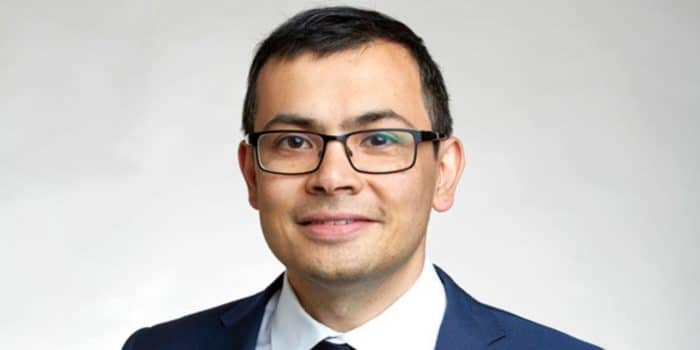
Old Elizabethan Sir Demis Hassabis has been awarded the Nobel prize for chemistry, jointly with a colleague at the AI company he founded and with an American scientist.
Demis (OE 1988–1990), who is the co-founder and CEO of AI company Google DeepMind, receives half of the prize with his DeepMind colleague, Dr John Jumper, for their work on predicting complex protein structures. The other half of the prize awarded by the Royal Swedish Academy of Sciences goes to Professor David Baker, from the University of Washington, for his work on protein design.
In their statement, the prize committee wrote: “Demis Hassabis and John Jumper have developed an AI model to solve a 50-year-old problem: predicting proteins’ complex structures. These discoveries hold enormous potential.
“Since the 1970s, researchers had tried to predict protein structures from amino acid sequences, but this was notoriously difficult. However, four years ago, there was a stunning breakthrough.
 “In 2020, Demis Hassabis and John Jumper presented an AI model called AlphaFold2. With its help, they have been able to predict the structure of virtually all the 200 million proteins that researchers have identified.”
“In 2020, Demis Hassabis and John Jumper presented an AI model called AlphaFold2. With its help, they have been able to predict the structure of virtually all the 200 million proteins that researchers have identified.”
The Nobel Committee emphasised the global impact of AlphaFold2. It has been accessed by more than two million researchers from 190 countries. Examples of its many applications include: helping scientists to understand better antibiotic resistance; and creating images of enzymes that can decompose plastic.
Reacting to the news, Demis, 48, said: “It’s totally surreal to be honest, quite overwhelming.”
He explained the “funny sequence” through which he actually heard the news that he was a Nobel laureate. Since the committee did not apparently have a telephone number for him, they had reached him through a Teams call to his wife, who was working on her laptop at the time. After at first ignoring it, she answered it at around the third or fourth call. The caller then requested to be put in touch with Demis, whom they asked for Dr Jumper’s number.
Demis thanked his colleagues, including Dr Jumper, adding: “David Baker we’ve got to know in the last few years, and he’s done some absolutely seminal work in protein design. So it’s really, really exciting to receive the prize with both of them.”
The Nobel prize committee praised the work of Professor Baker, which he began in 2003, saying that he had “succeeded with the almost impossible feat of building entirely new kinds of proteins.”
The committee’s statement concluded: “Life could not exist without proteins. That we can now predict protein structures and design our own proteins confers the greatest benefit to humankind.”
The illustration above shows a selection of protein structures determined using AlfaFold2 (©Terezia Kovalova/The Royal Swedish Academy of Sciences).
- The scientific background to the 2024 Nobel prize for chemistry can be read here. A popular-level introduction is available here.

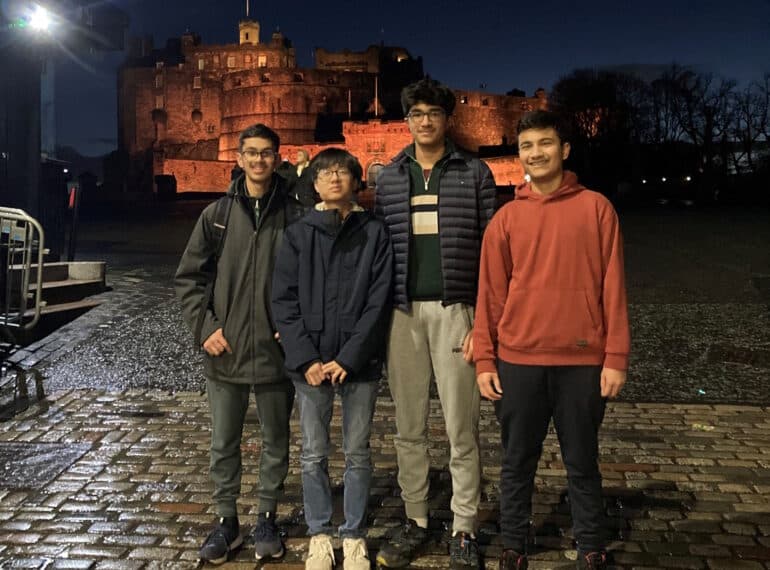
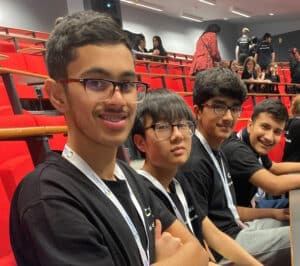 After successfully battling through the regional heats of the long-running Top of the Bench competition, the team took on competitors from around the country at Edinburgh Napier University.
After successfully battling through the regional heats of the long-running Top of the Bench competition, the team took on competitors from around the country at Edinburgh Napier University.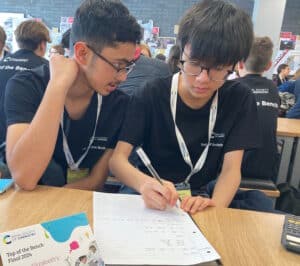 “They were excited to see the beautiful Edinburgh old town,” said Dr Irvine. “They then headed back to the hotel, just off the Royal Mile, after a much-needed Nando’s!”
“They were excited to see the beautiful Edinburgh old town,” said Dr Irvine. “They then headed back to the hotel, just off the Royal Mile, after a much-needed Nando’s!”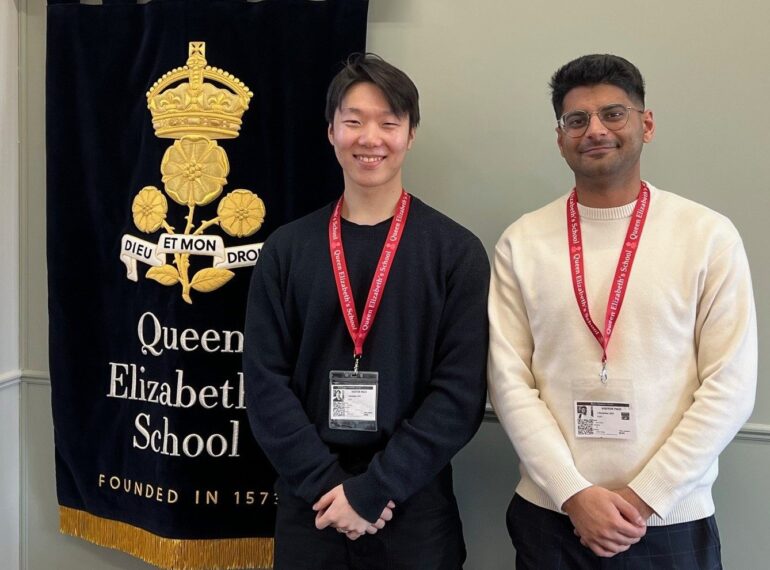
 They only started working on the business in August, yet already it has won funding and been accepted into Microsoft’s start-up programme.
They only started working on the business in August, yet already it has won funding and been accepted into Microsoft’s start-up programme.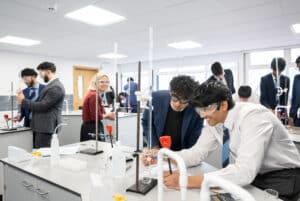 “Both Dr Irvine and Dr Ridge seemed quite impressed and were eager to start using Medly as a resource to save time and understand where their students don’t perform well.”
“Both Dr Irvine and Dr Ridge seemed quite impressed and were eager to start using Medly as a resource to save time and understand where their students don’t perform well.”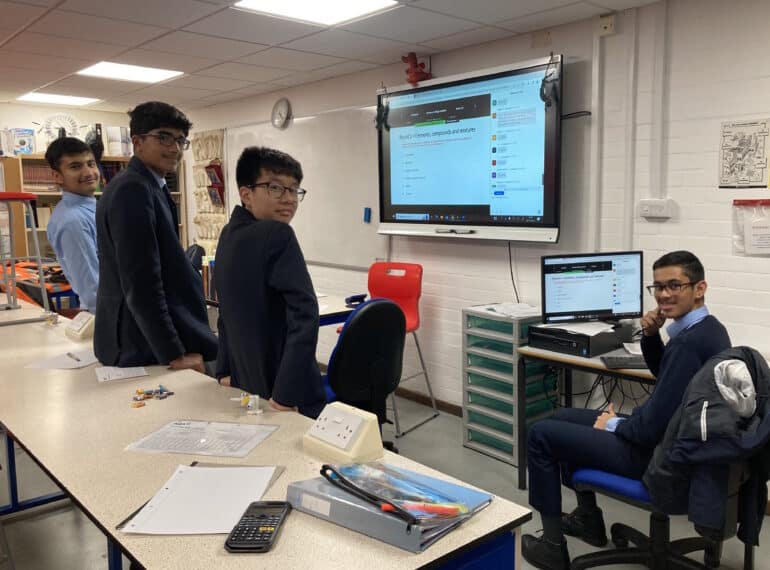
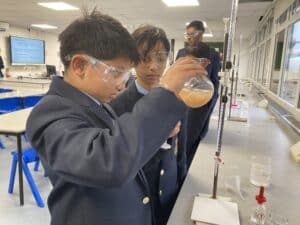 Team 38 (pictured top) scored 66 out of a maximum possible 72 – or 92% – to take first place ahead of St Benedict’s School, on 65 points, in the Chilterns and Middlesex round of the Top of the Bench competition.
Team 38 (pictured top) scored 66 out of a maximum possible 72 – or 92% – to take first place ahead of St Benedict’s School, on 65 points, in the Chilterns and Middlesex round of the Top of the Bench competition.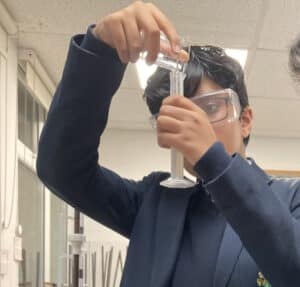 In addition to progressing to the national round of the competition in the spring, they win a silver shield and Amazon vouchers.
In addition to progressing to the national round of the competition in the spring, they win a silver shield and Amazon vouchers.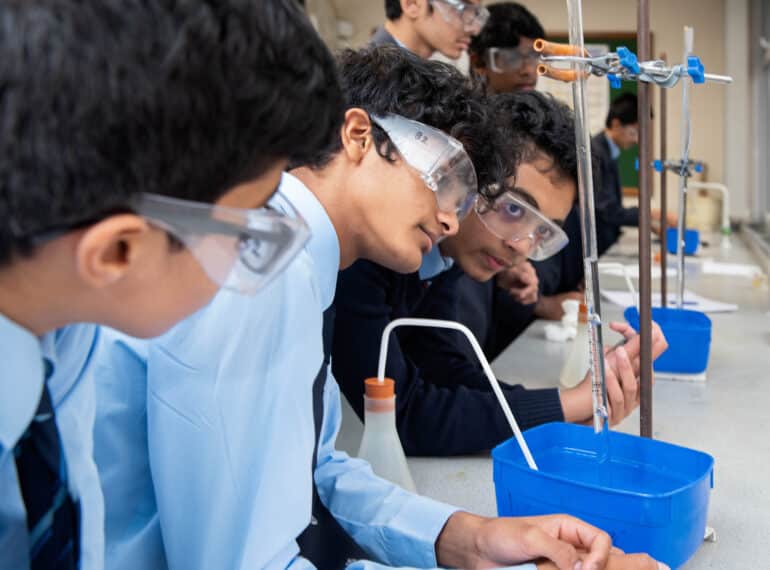
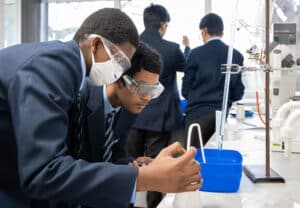 The work will not only provide new equipment and fittings for the busy laboratories in the large 1970s Fern Building, but will also increase their capacity.
The work will not only provide new equipment and fittings for the busy laboratories in the large 1970s Fern Building, but will also increase their capacity. Paul Ramsbottom, chief executive of the Wolfson Foundation, said: “We are very pleased to support Queen Elizabeth’s School, enabling them to create outstanding facilities for their students.
Paul Ramsbottom, chief executive of the Wolfson Foundation, said: “We are very pleased to support Queen Elizabeth’s School, enabling them to create outstanding facilities for their students.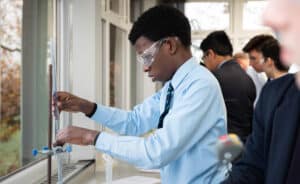 QE’s Head of Chemistry, Amy Irvine, today spoke of her delight that the work is to go ahead.
QE’s Head of Chemistry, Amy Irvine, today spoke of her delight that the work is to go ahead.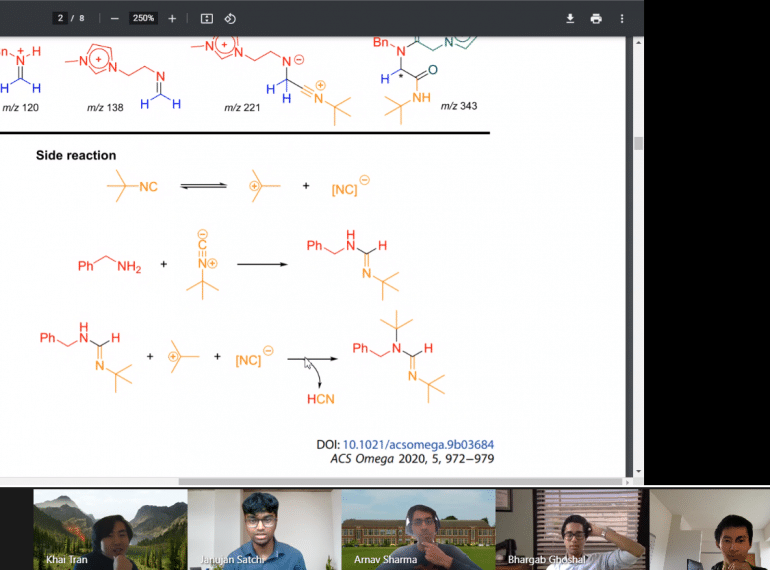
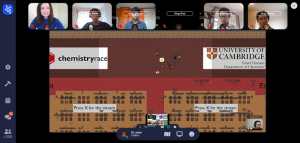 QE’s Chem Taj team were ranked fifth out of the 42 teams competing in the Cambridge Chemistry Race, many of them drawn from the country’s leading academic schools.
QE’s Chem Taj team were ranked fifth out of the 42 teams competing in the Cambridge Chemistry Race, many of them drawn from the country’s leading academic schools.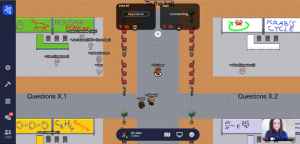 Khai agreed, saying “it was interesting to apply the Chemistry we’ve learnt to topics beyond our specification”, while Janujan said that by working as a team, they were able to “apply different thought processes to the problem”.
Khai agreed, saying “it was interesting to apply the Chemistry we’ve learnt to topics beyond our specification”, while Janujan said that by working as a team, they were able to “apply different thought processes to the problem”.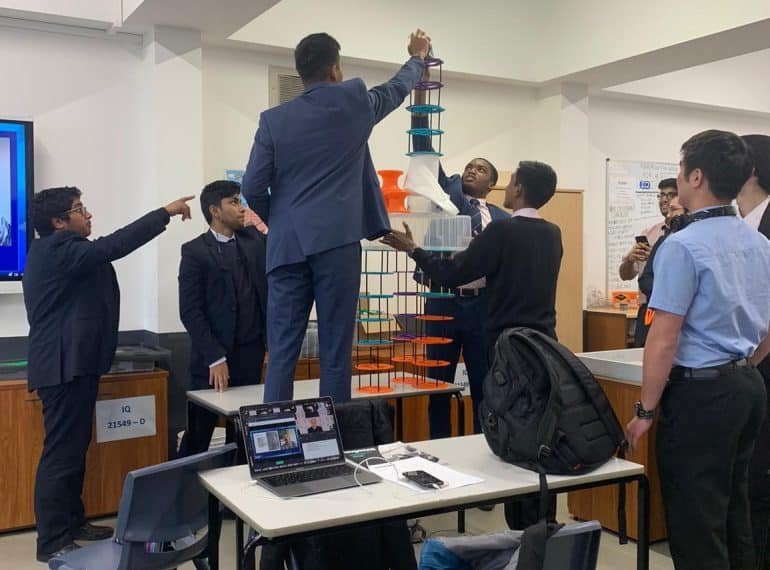
 Sixth-formers have already enjoyed stimulating day-long sessions on Medicine in Action, Chemistry in Action, Product Design in Action and Geography in Action, with a similar event for Biology due to take place in December.
Sixth-formers have already enjoyed stimulating day-long sessions on Medicine in Action, Chemistry in Action, Product Design in Action and Geography in Action, with a similar event for Biology due to take place in December.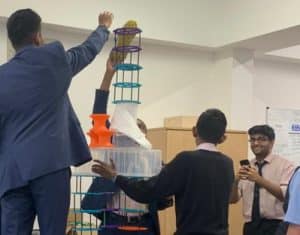 The Resourcefulness and design lecture, delivered by Kingston University Senior Lecturer Pascal Anson, stimulated a practical activity, pictured. “Here we see some examples of structures which were resourcefully developed by the students using VEX IQ and EDR Robotics game elements – great thinking on their feet!” added Mr Noonan.
The Resourcefulness and design lecture, delivered by Kingston University Senior Lecturer Pascal Anson, stimulated a practical activity, pictured. “Here we see some examples of structures which were resourcefully developed by the students using VEX IQ and EDR Robotics game elements – great thinking on their feet!” added Mr Noonan.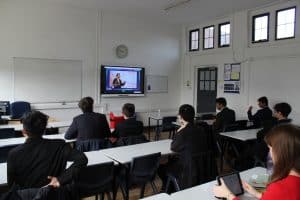 The Geography lectures were similarly wide-ranging. One talk, entitled Lessons in sustainability: An explorer’s tale, was by Jason Lewis, the first person to circumnavigate the earth without using motors or sails. Another featured academic Martin Evans, from the University of Manchester, speaking on Landscape Systems in the Anthropocene. And Emily Parry, Head of Geography, highlighted lectures on water insecurity and on how COVID-19 has impacted the Pacific Islands.
The Geography lectures were similarly wide-ranging. One talk, entitled Lessons in sustainability: An explorer’s tale, was by Jason Lewis, the first person to circumnavigate the earth without using motors or sails. Another featured academic Martin Evans, from the University of Manchester, speaking on Landscape Systems in the Anthropocene. And Emily Parry, Head of Geography, highlighted lectures on water insecurity and on how COVID-19 has impacted the Pacific Islands.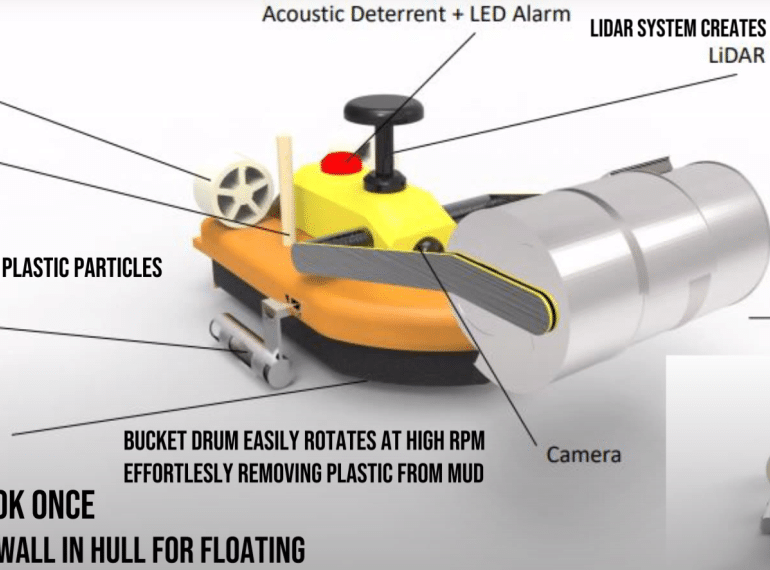
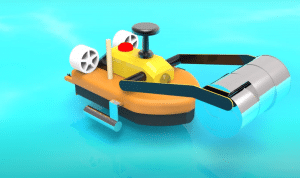 The Prata Neptunia team combined their skills in Technology, Mathematics and Chemistry and also produced a slick video presentation to promote their design for an autonomous hovercraft robot.
The Prata Neptunia team combined their skills in Technology, Mathematics and Chemistry and also produced a slick video presentation to promote their design for an autonomous hovercraft robot. The team learned project-management skills in order to optimise their time effectively, from the use of Gantt charts to task delegation. They designed prototypes at home, building and testing parts, and investigating processes to remove microplastics in order to determine the feasibility of their design.
The team learned project-management skills in order to optimise their time effectively, from the use of Gantt charts to task delegation. They designed prototypes at home, building and testing parts, and investigating processes to remove microplastics in order to determine the feasibility of their design.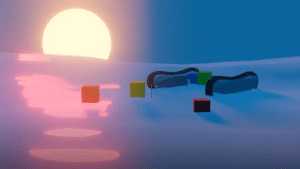 The Ocean team, Jashwanth Parimi, Utkarsh Bhamidimarri and Siddarth Jana, also started their project relatively late and had only about a month to complete it.
The Ocean team, Jashwanth Parimi, Utkarsh Bhamidimarri and Siddarth Jana, also started their project relatively late and had only about a month to complete it.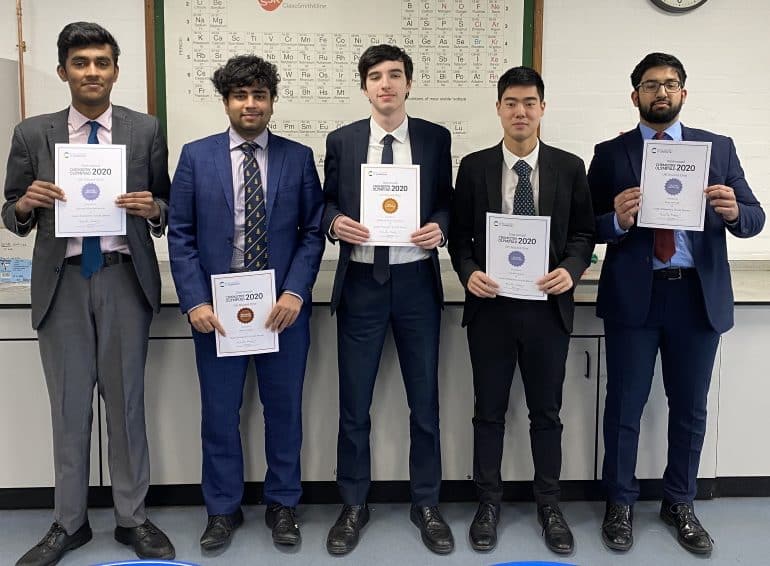
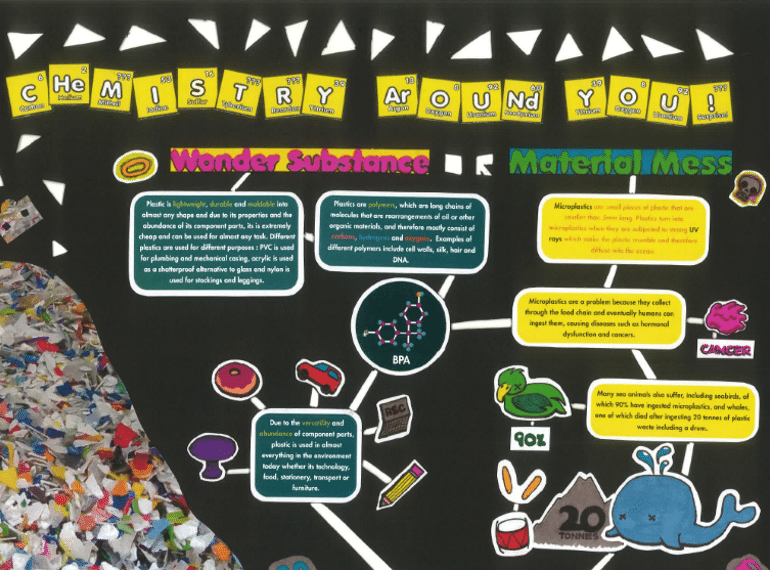
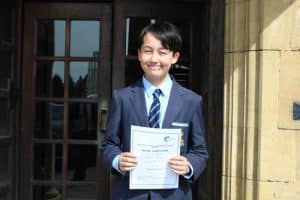 Entrants in the under-13 competition run by the RSC’s Chilterns and Middlesex Division were challenged to prepare a poster under the heading of The Chemistry Around Us.
Entrants in the under-13 competition run by the RSC’s Chilterns and Middlesex Division were challenged to prepare a poster under the heading of The Chemistry Around Us.